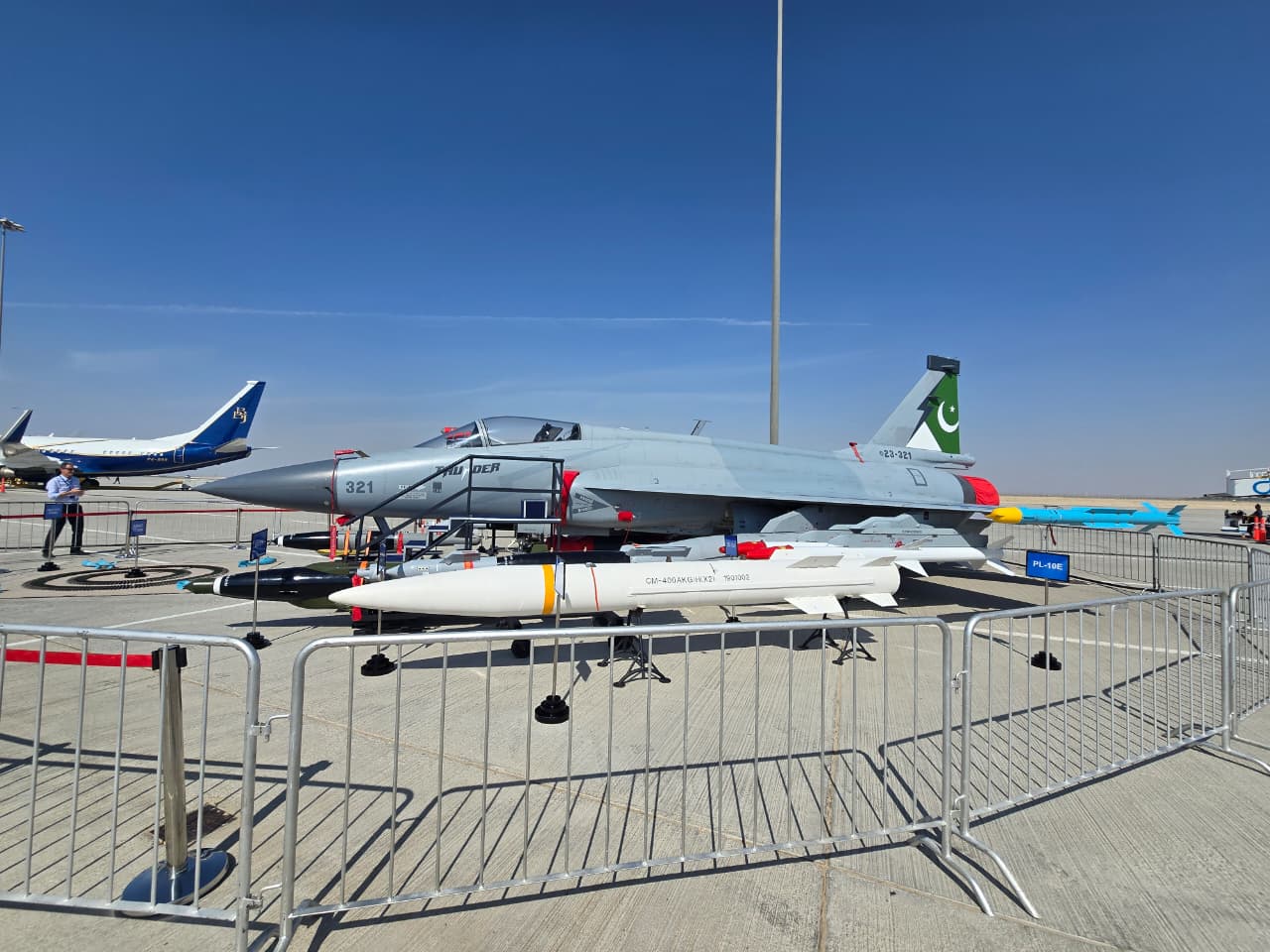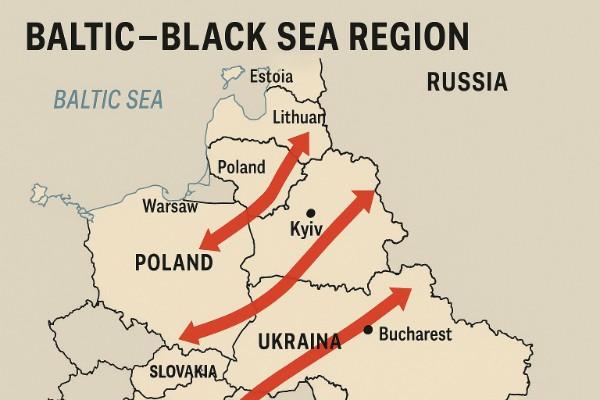In recent years, Pakistan has been facing foreign policy headwinds largely due to the changing geopolitical landscape. However, the resilient Pakistani nation has successfully navigated these troubled waters and regained the geopolitical stature it deserves as a middle power. The defining element in Pakistan’s enhanced geopolitical standings has been a robust diplomatic campaign by the political and military components of the state. Moreover, Pakistan Air Force’s (PAF) resounding military success against India in the May 2025 war proved instrumental in enhancing Pakistan’s military credibility and provided it a strategic edge in the global arena, which was followed by diplomatic successes.
For many years, India has been positioning itself as a rising power with global aspirations and attempting to act as a regional power through its aggressive posture. Within this context, it presented itself as a net-security provider in the Indian Ocean region, to be courted by the US and Western states to compete with China. The crushing defeat it faced in the recent military misadventure, however, dealt a sharp blow to India’s strategic arrogance. The irony was lost on India, which claimed to be a net-security provider to the region, and yet called for a ceasefire when the offensive was in fact initiated by India itself.
Zarb-e-Karrar by the PAF was a historic success and a highlight of the war. Through the successful execution of the first Multi-Domain aerial combat, the PAF showcased its tactical ability and operational cohesion, and the world responded with wider recognition. The Indian Air Force, despite its defence budget outpacing Pakistan’s by eight times and possessing much advanced weaponry, was forced to bend its knees.
This military victory provided Pakistan with a window of opportunity to regain the momentum in its foreign policy that it had somewhat lost in the past years. During President Biden’s administration, Pak-US relations dipped, as the US de-hyphenated Pakistan and India, and started courting the latter as an ally. A subtle shift was observed in President Donald Trump’s second term in appreciating Pakistan for its counter-terrorism efforts and for the US’s desire to invest in strategic minerals in Balochistan. The May war further catalysed the transformation of the US’s strategic outlook towards South Asia. With multiple high-level strategic and diplomatic meetings between civilian and military officials of both states, a new direction has been set for Pak-US relations.
The diplomatic opening has led to increased security and economic engagement with the US. The US Strategic Metals finalised a landmark USD 500 million partnership framework with Pakistan in the strategic minerals sector in September 2025. In the same month, an American defence firm modified its contract and added Pakistan to the list of buyers of medium-range air-to-air missiles for its F-16s. The security and economic engagements between the two states reflect the strategic realignment of the US towards South Asia.
The PAF Chief, Air Chief Marshal (ACM) Zaheer Ahmed Baber Sidhu, has also been actively leveraging the diplomatic space created by the success of Zarb-e-Karrar. Since the war, the Air Chief Marshal has been busy hosting defence dignitaries of several countries. Chiefs of the Turkish and South African air forces, the commander of Bahrain’s armed forces, and a high-level defence delegation of Azerbaijan recently visited the Air Headquarters to discuss and boost defence cooperation and military training. These engagements represent the recognition of the PAF’s victory in the war and also highlight ACM Sidhu’s astute use of military diplomacy to further the national interests set by the political leadership.
On the export side, there has been an increased interest by other states to buy military equipment from Pakistan. The destruction of the Indian S-400 missile defence system by the JF-17 fighter has made it a darling of several new buyers. Bangladesh has shown interest in buying the bird. In a USD 4.5 billion deal, Pakistan has already delivered JF-17C Block-III fighter aircraft to Azerbaijan.
To conclude, the series of events that followed on the external front after Zarb-e-Karrar boldly elevated the global standing of Pakistan. Building on this success, Pakistan’s military has successfully supported the political government in enhancing its diplomatic edge to further foreign policy objectives. It is incumbent on the political leadership now to reinforce the diplomatic feats achieved in the recent past to pragmatically navigate through the shifting sands of geopolitics.

Table of Contents
ToggleZunaira Sarfraz
Zunaira Sarfraz is a Research Assistant at the Centre for Aerospace and Security Studies (CASS) Lahore. She can be reached at info@casslhr.com.













